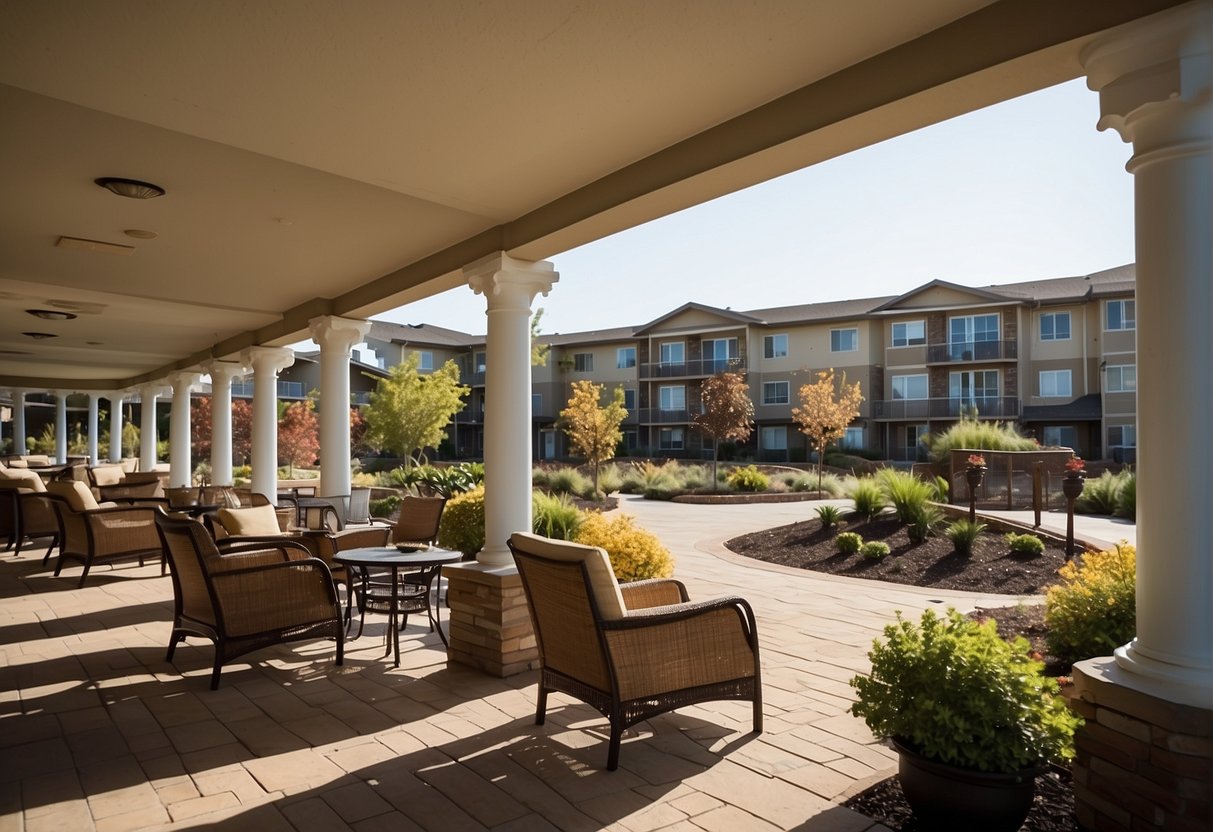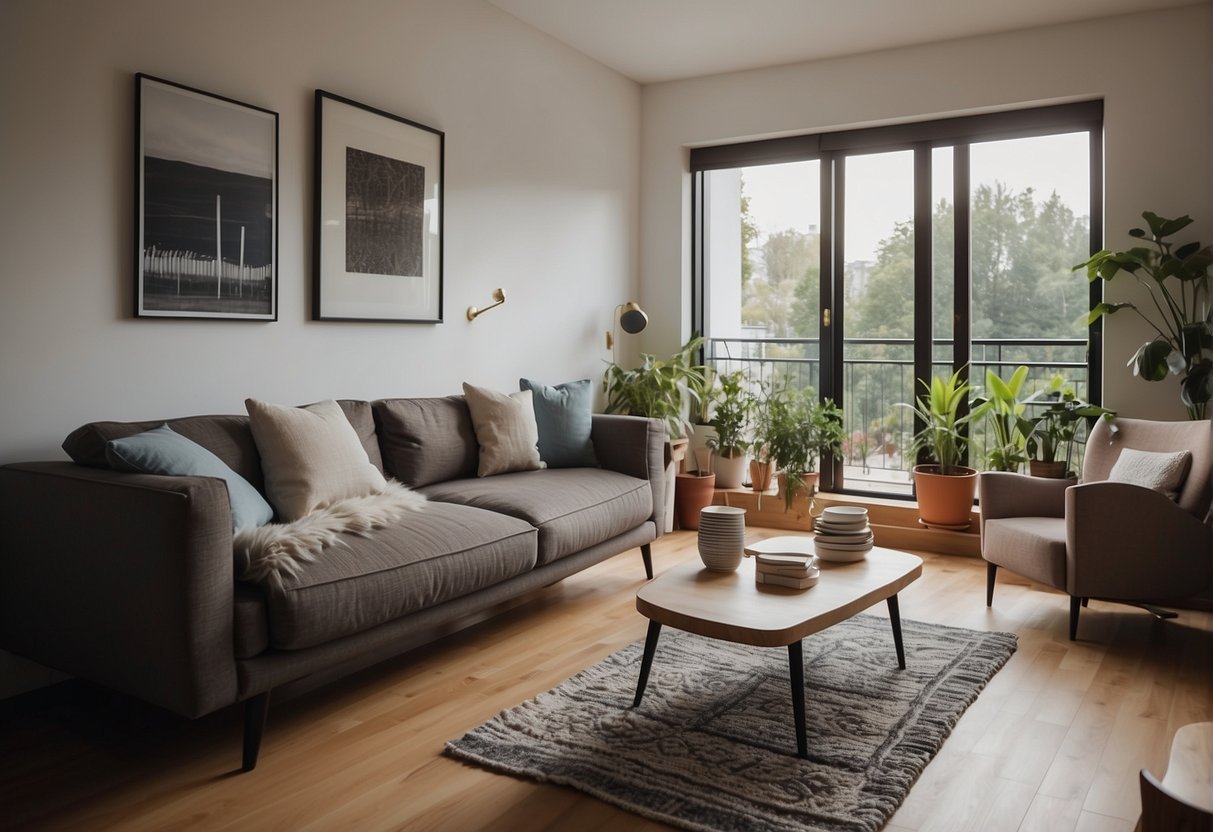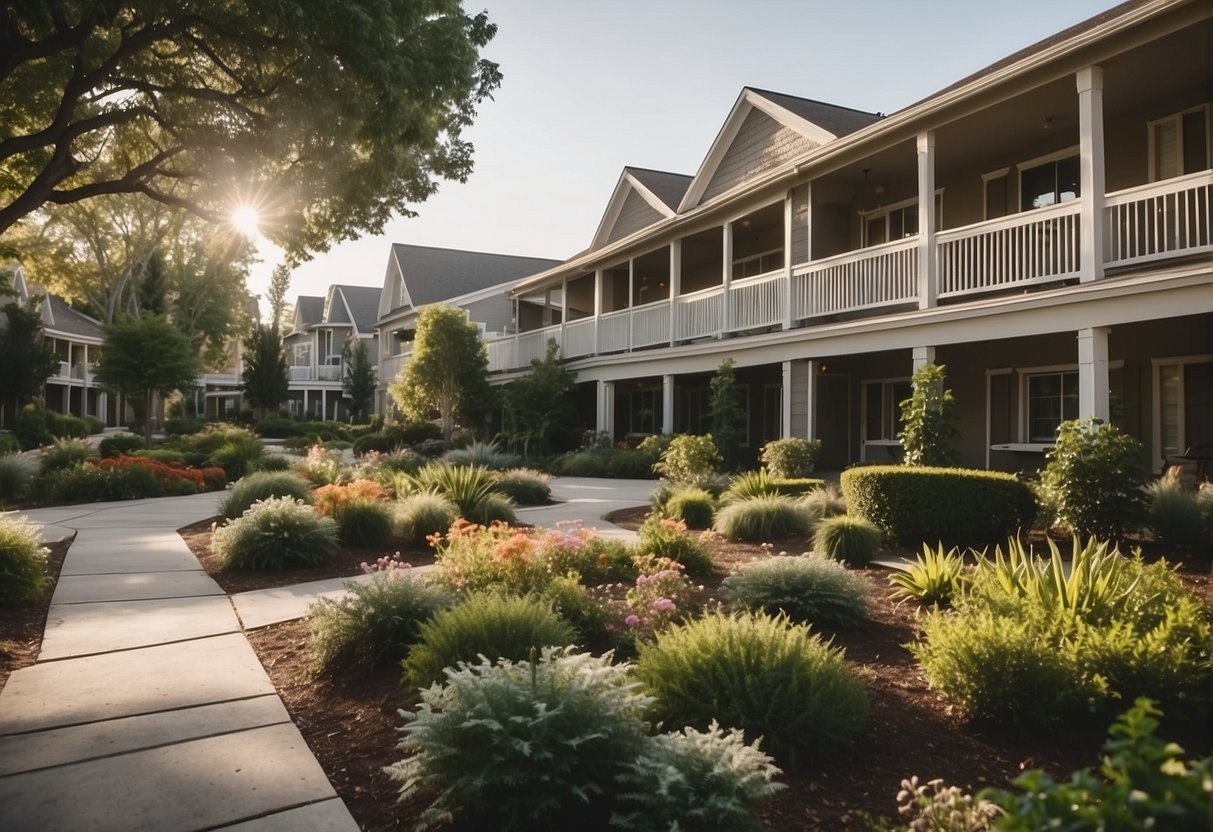The average cost of senior independent living varies significantly depending on the location, amenities, and services provided. Independent living for seniors typically includes housing in a community setting that affords more leisure and social opportunities without the burden of maintaining a home.
Costs can include rent or mortgage payments if buying within a community, utility expenses, community fees, and access to amenities like fitness centers, dining services, and transportation. The average monthly cost can fall anywhere from $1,500 to $4,000, with luxury communities or those located in metropolitan areas being at the higher end of this range.
In the United States, costs for independent living communities can range broadly from state to state. It’s essential to consider that the average cost often includes basic utilities, maintenance, and some community-specific amenities.
Additional services, such as meal plans or housekeeping, can increase monthly expenses.
When considering independent living options, one should closely examine what is included in the cost and what additional expenses might be necessary. It is also wise to address long-term budgeting and consider the potential for cost increases over time.
Senior living costs usually track with inflation and can be influenced by external economic factors, making it important for individuals to plan accordingly for their retirement years.
Understanding Independent Living Costs

When considering senior independent living, the costs can vary widely based on several factors. It’s important for seniors and their families to understand what can affect the price and how it compares to other living options.
Cost Factors
The price of living in an independent living community is influenced significantly by the location of the community. Just as with real estate, communities in more expensive areas will have higher costs. A second major factor is the floor plan; communities often offer a range of options from studios to multi-bedroom apartments, each with varying costs. Amenities play a crucial role, too; these can include recreational facilities, social events, and wellness programs. Some communities provide inclusive packages, whereas others charge a la carte for services such as meals, housekeeping, maintenance, and transportation.
- Utilities are often included in the monthly rent, but this isn’t always the case.
- Financial assistance programs may be available to help cover costs, depending on one’s income and assets.
- The level of medical care and long-term care support can also impact costs, although it is less of a concern for independent living compared to assisted living or nursing homes.
Comparing Costs with Other Senior Living Options
In comparison to other senior living options like nursing homes or assisted living facilities, independent living typically costs less due to the lower level of care provided. Continuing care communities, which offer a tiered approach to the aging process, accommodating residents’ increasing care needs, can present a different pricing structure. While the initial cost might be higher, these communities often provide a predictable cost structure as residents transition from independent living to more intensive care options.
- Senior housing and independent living costs are less than those of nursing homes because they do not offer intensive medical and personal care.
- The cost of living in an independent living community may be comparable to maintaining a home when considering the total expenses involved in homeownership, such as repairs and utilities.
- For many, the trade-offs of amenities and worry-free living justify the expense when measured against the responsibilities of owning and maintaining a home.
By comparing the full spectrum of costs and services, individuals can better assess the value and suitability of an independent living community for their personal situation.
Financial Considerations

When planning for senior independent living, understanding the associated costs and how they vary by state is vital. Budgeting for this phase of life will largely depend on monthly costs and potential entrance fees, adjusted for specific state economies.
Budgeting for Independent Living
Independent living costs for seniors can vary widely based on factors such as location, amenities, and types of services offered. On average, seniors should anticipate a monthly cost ranging from $1,500 to $4,000. This cost often excludes potential entrance fees, which can be one-time payments starting from $1,000 to over $10,000. Seniors must consider their monthly income from sources like Social Security, pensions, and savings when creating a budget. It’s also wise to factor in the costs of additional services which may not be covered, such as long-term care insurance. Some seniors may be eligible for financial assistance to help cover costs.
State-Specific Affordability
The cost of independent living for seniors significantly varies from state to state. For instance, Florida and Alabama are among the least expensive states, with a median monthly cost of approximately $2,500. On the other hand, states like Connecticut and Massachusetts are known to be more expensive, where the median monthly cost can exceed $4,000.
- Least Expensive States (approximate median monthly cost):
- Louisiana: $2,300
- South Dakota: $2,450
- Alabama: $2,500
- Expensive States (approximate median monthly cost):
- New York: $4,100
- Washington: $4,000
- California: $3,750
Seniors should evaluate the costs in their specific state and compare them to their planned retirement budget. For example, a senior in Tennessee with an average monthly income from Social Security of $1,500 might need additional funds or financial plans to fully cover monthly expenses.
It’s important to thoroughly research and compare the costs within states such as Arizona, Illinois, Kentucky, Maryland, Michigan, Minnesota, Missouri, New Hampshire, Ohio, Utah, and others, to ascertain which location aligns best with the senior’s financial capacity and preferred lifestyle.
Benefits Beyond Costs

While evaluating the average cost of senior independent living, it’s crucial to consider the comprehensive benefits these communities offer. They not only provide an array of amenities and services tailored to older adults but also enrich their lives through health, social, and safety enhancements.
Health and Wellness Advantages
Senior independent living communities prioritize the health and wellness of residents. They typically offer fitness centers, group exercise classes, and walking trails that encourage physical activity, which is vital for maintaining mobility and strength. Additionally, these communities often provide nutritious meal plans designed to support diverse dietary needs.
- Amenities for Health:
- Fitness Centers: Equipped with age-appropriate exercise equipment.
- Exercise Classes: Yoga, Tai Chi, Water Aerobics, etc.
- Nutrition: On-site dining with balanced meal options.
Social and Community Benefits
Living independently doesn’t have to mean living alone. Retirement communities are vibrant hubs for social interaction. Residents can engage in a variety of social activities, from book clubs to art classes. There are also opportunities for communal dining, which reinforces a sense of belonging and helps prevent isolation among seniors.
- Social Opportunities:
- Clubs: Book, Gardening, Bridge, etc.
- Events: Themed parties, movie nights, and holiday celebrations.
Safety and Security
For many older adults, a key benefit of independent living is the enhanced safety and security features. Retirement communities often provide 24-hour security personnel, emergency call systems, and well-lit, maintained environments. For those with advancing needs, communities may offer access to medical assistance and memory care services.
- Security Features:
- Personnel: Trained staff on-site 24/7.
- Emergency Systems: In-room and community-wide alert systems.
